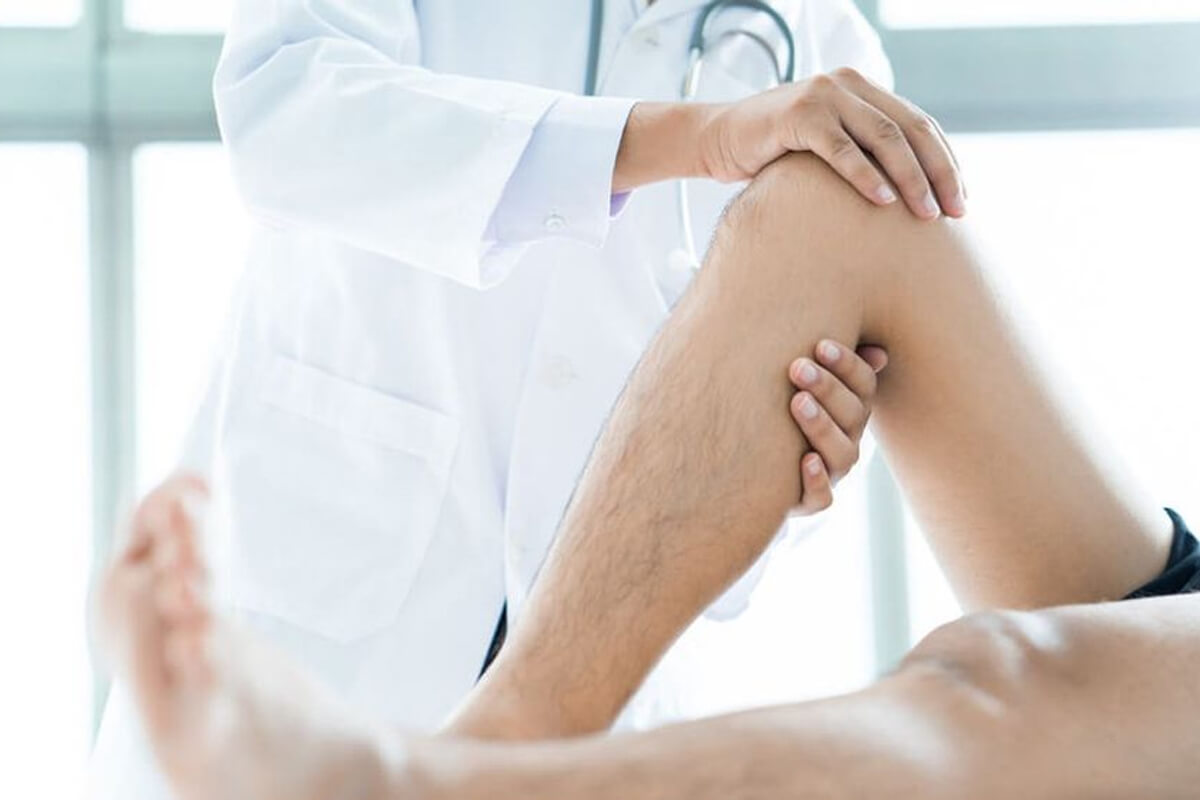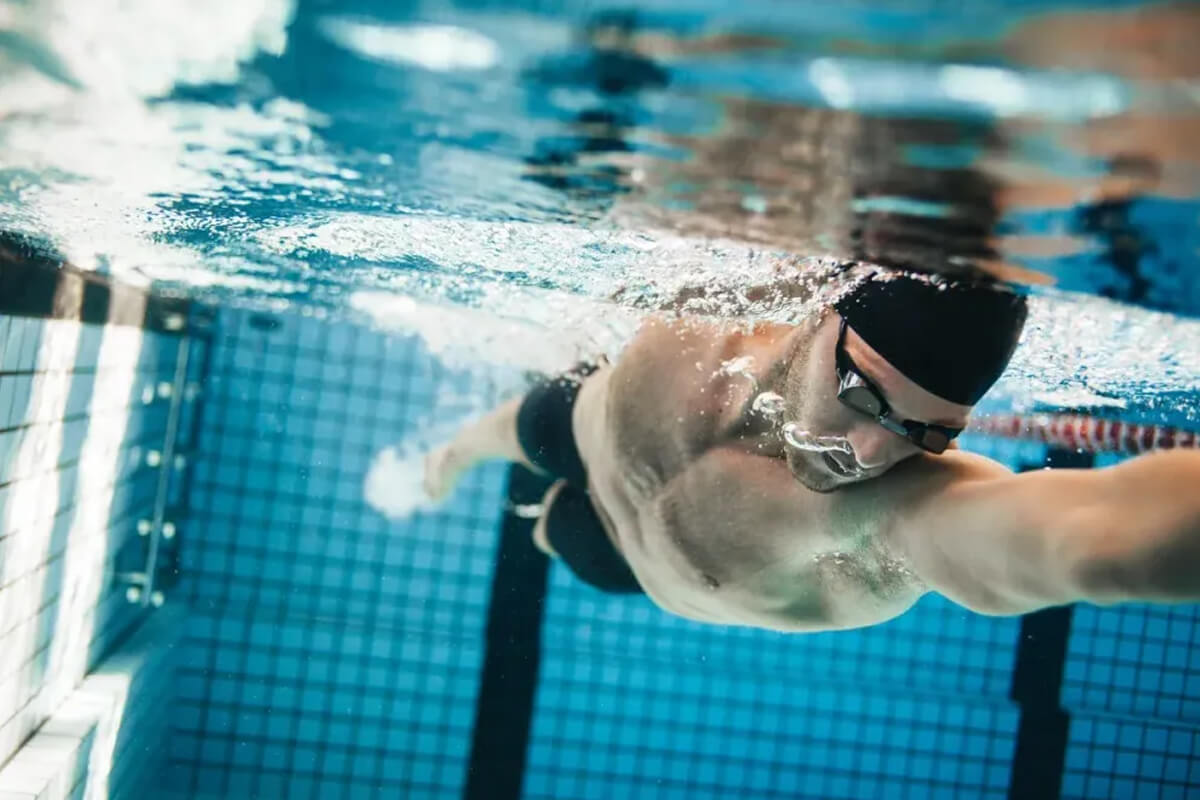Each of us would like to be comfortable with ourselves, feel confident and feel more comfortable in life. However, height can sometimes prevent people from achieving these goals. Fortunately, today, thanks to advances in medicine, solutions such as height lengthening surgery are available. Lengthening surgery is an effective method that can help you reach the height you dream of.
1. What is Limb Lengthening?
Limb lengthening involves gradually pulling the bones apart and following the process of bone healing to create new bone tissue. This lengthening process is usually achieved through the use of specialized devices that exert controlled tension on the bones, stimulating new bone formation and ultimately resulting in increased limb length. It is important to note that limb lengthening is a complex procedure that requires careful evaluation, planning, and expertise to ensure optimal outcomes and minimize potential complications.

2. How Does Lengthening Work?
Limb lengthening works through a gradual and controlled process of bone distraction and regeneration. The procedure typically involves the following steps:
Surgical Incision: An incision is made near the targeted bone, allowing access to the bone and surrounding tissues.
Bone Osteotomy: The bone is surgically cut or divided at the desired lengthening site. This creates a controlled fracture, which will be gradually separated during the lengthening process.
Fixation Device Placement: An external or internal fixation device is attached to the bone. External devices, such as the Ilizarov frame, are positioned outside the body and secured to the bone with wires or pins. Internal devices, such as the PRECICE II nail, are inserted inside the bone and controlled remotely.
Distraction Phase: The distraction phase begins a few days after surgery. The fixation device is adjusted to gradually separate the bone fragments at a predetermined rate, typically around 1 millimeter per day. This controlled distraction creates a gap between the bone ends, which triggers the body’s natural healing response.
Regeneration and Consolidation: As the bone is gradually pulled apart, a process called distraction osteogenesis occurs. This process stimulates the formation of new bone tissue within the gap. New blood vessels, nerves, and soft tissues also develop to support the regenerating bone.
Healing and Stabilization: Once the desired length is achieved, the distraction phase is stopped. The bone is then allowed to heal and consolidate in the lengthened position. This healing phase typically lasts several months and involves the gradual hardening and strengthening of the newly formed bone.
Throughout the lengthening process, regular follow-up visits with the medical team are necessary to monitor

3. What are the Devices Used in Limb Lengthening?
Several types of devices are used for limb lengthening procedures, including:
External Fixators: External fixators are commonly used devices that are positioned outside the body and attached to the bone using wires, pins, or screws. These devices consist of a frame with adjustable struts or rods.
Intramedullary Nails: Intramedullary nails are inserted inside the bone canal and provide internal stabilization. These nails can be lengthened using an external magnetic or electronic device. Examples of intramedullary nails used for limb lengthening include the PRECICE nail and FITBONE nail.
Lengthening Plates: Lengthening plates are specialized implants that are fixed to the bone with screws. These plates allow controlled separation of the bone fragments during the lengthening process. They are commonly used in certain cases where intramedullary nails or external fixators may not be suitable.
Magnetic Lengthening Systems: Magnetic lengthening systems utilize the principles of magnetism to lengthen the bone. These systems consist of an internal magnetic implant and an external remote control device. The STRYDE system is an example of a magnetic lengthening system used for limb lengthening.
Internal Lengthening Devices: Internal lengthening devices are implanted inside the bone and can be lengthened using an external device. These devices include telescopic rods or expandable nails that can be adjusted externally. The PRECICE nail is an example of an internal lengthening device.
The choice of device depends on factors such as the patient’s age, bone quality, location of the bone being lengthened, desired lengthening amount, and the surgeon’s expertise. The selection of the appropriate device is made by the orthopedic surgeon after a thorough evaluation of the individual case.
It’s important to consult with a qualified orthopedic surgeon specializing in limb lengthening to determine the most suitable device and approach for your specific needs.
4. Who Is a Good Candidate For Limb Lengthening?
Limb lengthening is typically considered for individuals who have a genuine need for increasing their limb length and have certain characteristics that make them good candidates for the procedure. While each case is unique, here are some general criteria that may indicate suitability for limb lengthening:
Leg Length Discrepancy: Individuals with a significant leg length discrepancy, where one leg is noticeably shorter than the other, may be good candidates for limb lengthening. The procedure can help address the imbalance and improve overall body symmetry.
Height Discrepancy: Individuals with a height discrepancy due to short stature may consider limb lengthening to increase their overall height. It’s important to have realistic expectations and understand the potential risks and benefits associated with the procedure.
Skeletal Maturity: Limb lengthening is typically recommended for individuals who have reached skeletal maturity, which is usually around 15-16 years of age for girls and 17-18 years of age for boys. This ensures that the growth plates have closed, reducing the risk of complications related to interfering with natural bone growth.
Good General Health: Candidates for limb lengthening should be in good overall health to tolerate the surgical procedure, undergo the rehabilitation process, and have the ability to manage potential complications that may arise. A thorough medical evaluation will assess the candidate’s health status and suitability for the procedure.
Motivation and Commitment: Limb lengthening is a lengthy and demanding process that requires significant commitment from the patient and their support system. Candidates should be motivated, mentally prepared, and willing to adhere to post-operative care instructions, physical therapy, and follow-up visits.
It’s important to consult with an experienced orthopedic surgeon who specializes in limb lengthening to determine individual candidacy. The surgeon will assess various factors, including medical history, physical examination, imaging studies, and personal goals, to determine if limb lengthening is a suitable option.
Remember that each case is unique, and the decision to undergo limb lengthening should be made after thorough consideration, discussion with the medical team, and a clear understanding of the potential risks and benefits involved.

5.How active can be after limb lengthening?
You can generally maintain a certain level of activity after limb lengthening, but the specific activities you can engage in may depend on factors such as the type of lengthening procedure, the stage of the lengthening process, the individual’s healing progress, and the recommendations of the medical team. Here are some general considerations:
Physical Therapy: Physical therapy plays a crucial role in the rehabilitation process after limb lengthening. It helps strengthen muscles, improve range of motion, and enhance functional abilities. You will typically engage in physical therapy sessions tailored to you specific needs and capabilities.
Weight-Bearing and Mobility: The ability to bear weight and move the limb may vary throughout different stages of the lengthening process. Initially, weight-bearing may be limited or assisted with devices such as crutches or walkers. As healing progresses, you may gradually increase weight-bearing and regain mobility under the guidance of the medical team.
Low-Impact Activities: Low-impact activities, such as swimming, stationary biking, or gentle walking, may be suitable during the lengthening process. These activities help maintain cardiovascular fitness and overall well-being without exerting excessive stress on the lengthened limb.
Restrictions on High-Impact or Contact Sports: Engaging in high-impact activities or contact sports that involve running, jumping, or potential collisions may be restricted during the lengthening process to protect the healing bone and minimize the risk of injury or complications. The medical team will provide guidance on specific activities to avoid or modify.
Gradual Return to Regular Activities: As the bone consolidates and the lengthening process nears completion, you can gradually return toyour regular activities, including sports and recreational pursuits. The timing and progression of returning to specific activities will be determined by the medical team based on individual healing progress.
It’s crucial to follow the recommendations and guidelines provided by the medical team regarding activity restrictions, weight-bearing, and physical therapy. The focus should be on maintaining a balanced approach that promotes healing while allowing you to remain physically active within the limitations set by your individual circumstances.
Regular communication with the medical team, adherence to post-operative care instructions, and close monitoring of any changes or concerns are essential to ensure a safe and successful recovery for children undergoing Limb Lengthening Surgery.